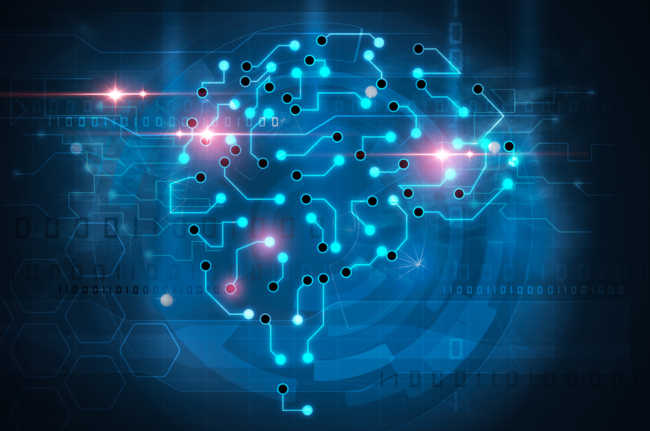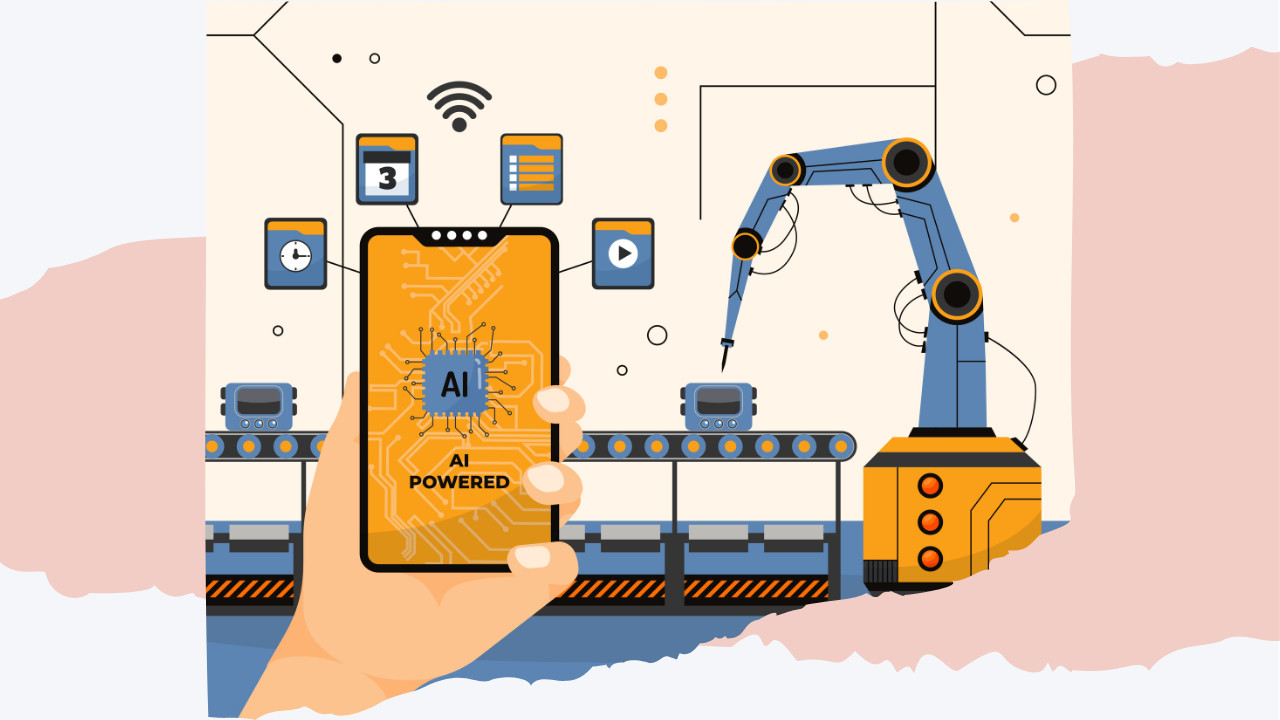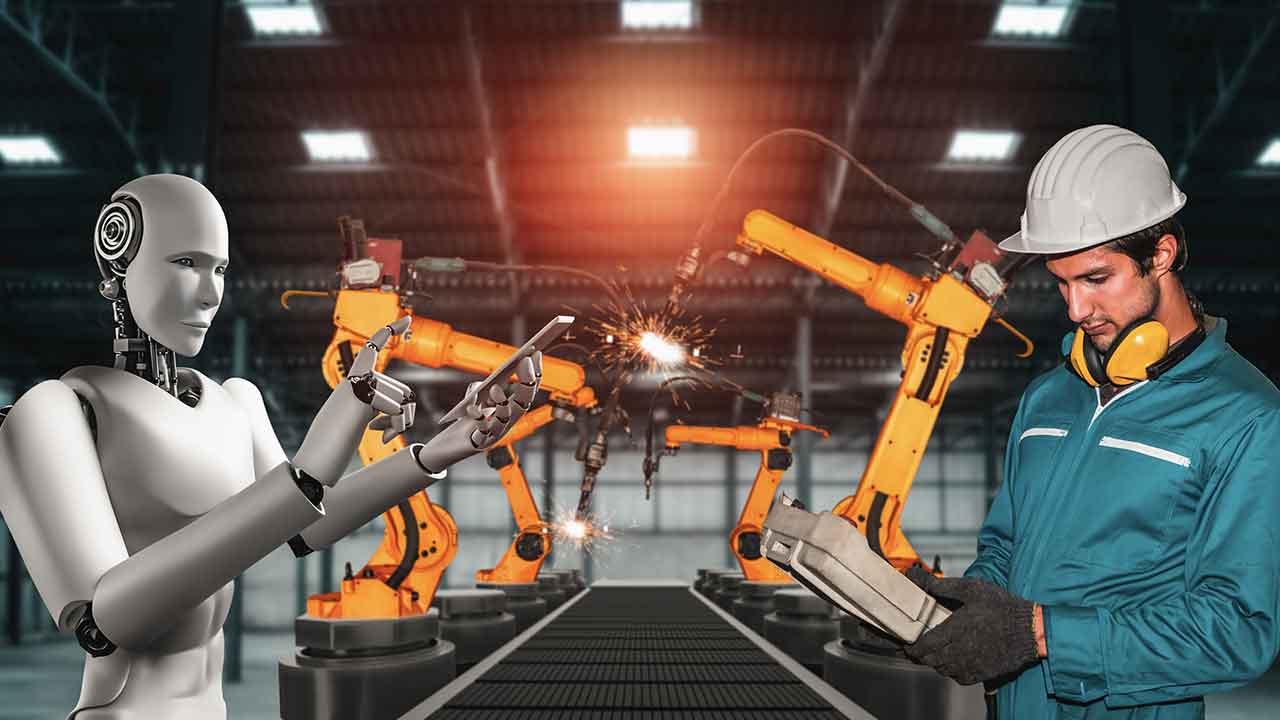Three AI Key Success Factors for Achieving Maximum Business Value
Artificial intelligence (AI) is making tremendous impact already in the world. Some of that impact is indirect and comes from the anticipation of things that may sound like science fiction now, which has led to massive investments in ideas and people. Much of the impact is direct and comes from applying existing AI capabilities to current processes to improve customer satisfaction, decision making, and productivity of people and supply chains. In both cases, there is still a lot of confusion about what AI is and what it takes to use. In recent Forbes.com articles, I discuss what I believe are three major AI key success factors and steps toward achieving impact with AI.But, is AI good or bad?
Three Key Success Factors for Achieving Maximum Business Value with AI
Measure the process you hope to improve or create with AI
To leverage AI successfully, you need to be able to measure the system or process you hope to improve or create with AI. Without good measurement, it will be difficult to understand the return on investment (ROI) from AI, and it is possible that your solutions is not as good as it could be because that measurement is not driving improvements in the AI technology. Read more about AI and measurement.
Experts are critical to AI applications
Data, compute and analytic technologies are also important. But experts know the domain the best and can identify where value is found. Experts can identify the good data and tell you how to make it better. Experts ultimately will be using the recommendations and providing feedback to the AI system to make it better. AI technology is already poised to work with experts, so start working on AI applications that incorporate experts into human-in-the-loop value chains. Read more about how experts are important to AI.
Understand the core differentiation of an AI solution
Lastly, to make the most of AI technology and institutionalize it in your domain requires understanding the core differentiation of an AI solution: knowledge capture and re-use, and more precisely, a computer representation of knowledge. AI can sometimes look like magic because it does things that people do when it captures and applies knowledge. For example, AI can recommend books or products that complement recent purchases because it knows that these things go together, just like an employee at a bookstore would know. Enabling people to interact, manage, and improve AI systems will require them to interact with knowledge, so understanding how the computer (AI) understands knowledge is critical. But knowledge, and knowledge representation in the AI system, do not need to be confusing things. Read more about knowledge representation.
 This article was written by Dr. Steven Gustafson, Chief Scientist at Maana, where he oversees research and data science. Dr. Gustafson is an innovator and leader in artificial intelligence with over 10 years of experience developing AI and data science teams, strategies, and solutions for industry. He has published over 45 scientific publications and has been awarded 10 patents. Previously, he co-founded the Springer journal Memetic Computing and led the Knowledge Discovery Lab at GE Global Research.
This article was written by Dr. Steven Gustafson, Chief Scientist at Maana, where he oversees research and data science. Dr. Gustafson is an innovator and leader in artificial intelligence with over 10 years of experience developing AI and data science teams, strategies, and solutions for industry. He has published over 45 scientific publications and has been awarded 10 patents. Previously, he co-founded the Springer journal Memetic Computing and led the Knowledge Discovery Lab at GE Global Research.



